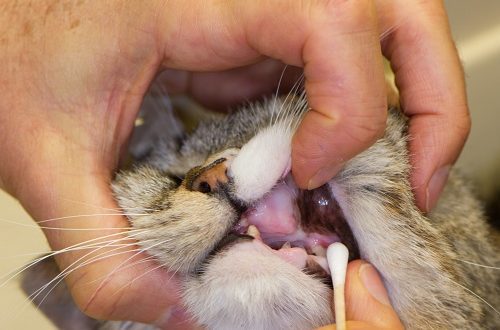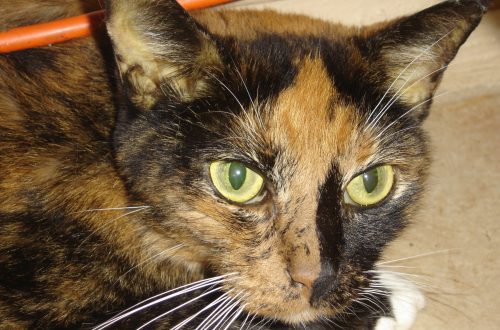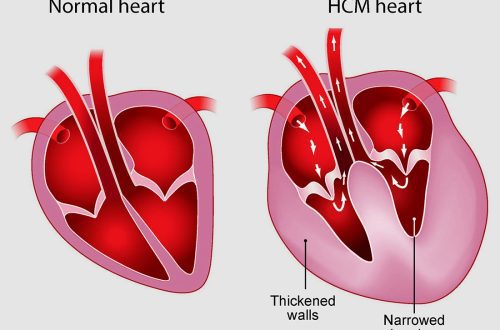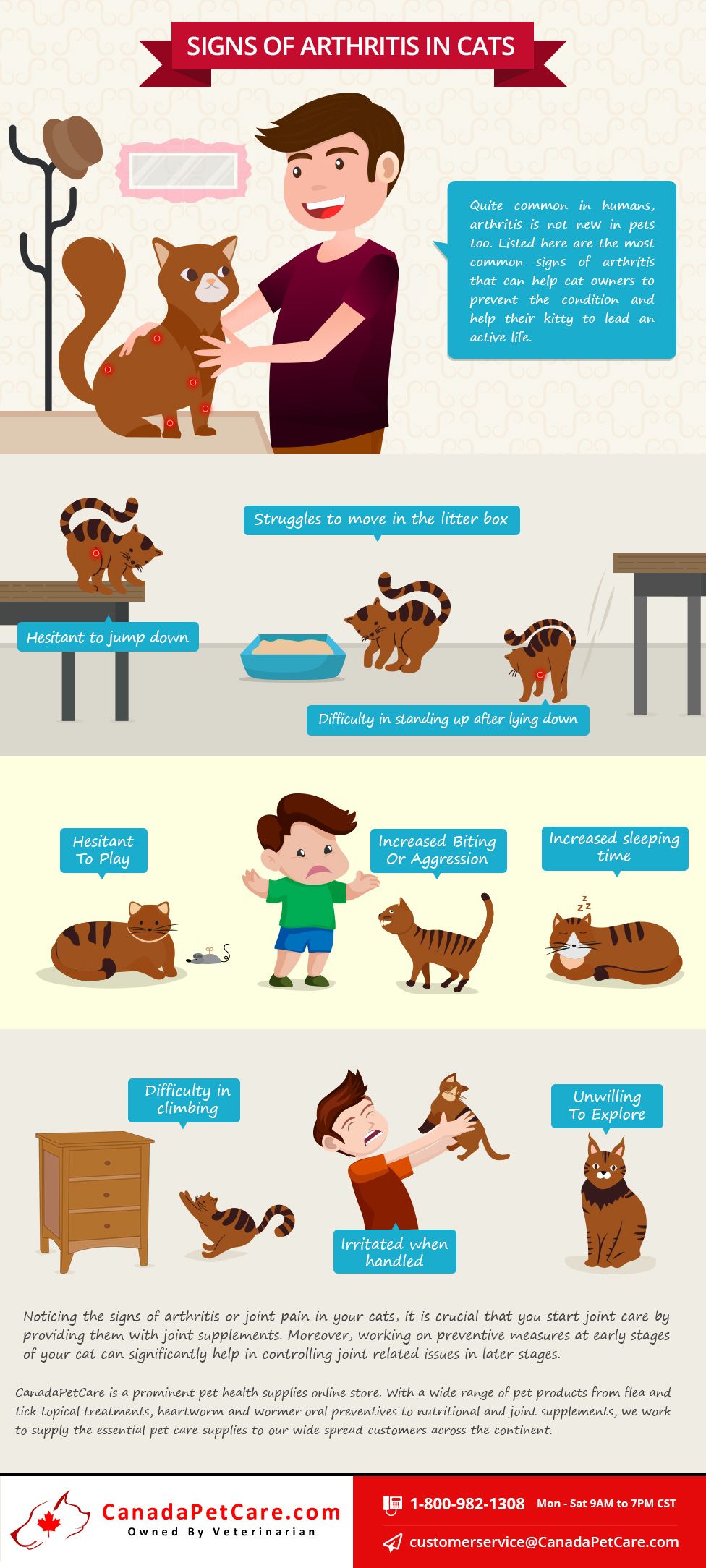
Arthritis in cats: symptoms and treatment of joints
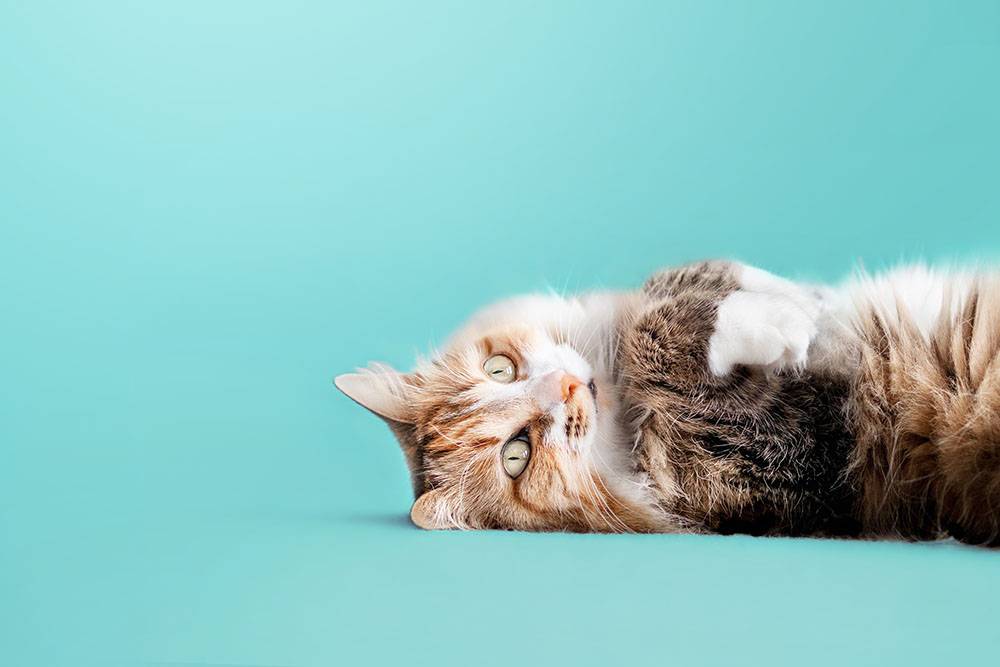
Contents
Types of Arthritis
Infectious inflammatory arthritis
Caused by pathogenic microorganisms. Infections can enter directly into the joint and thereby cause inflammation. Sometimes with systemic infectious diseases (calicivirus, feline infectious peritonitis), secondary inflammation of the joint or joints can occur without the introduction of microorganisms into them.
Bacteria enter the joint with penetrating wounds as a result of injuries sustained during cat fights. Bacteria can sometimes enter the joint through the bloodstream in severe systemic bacterial infections (prisepsis).
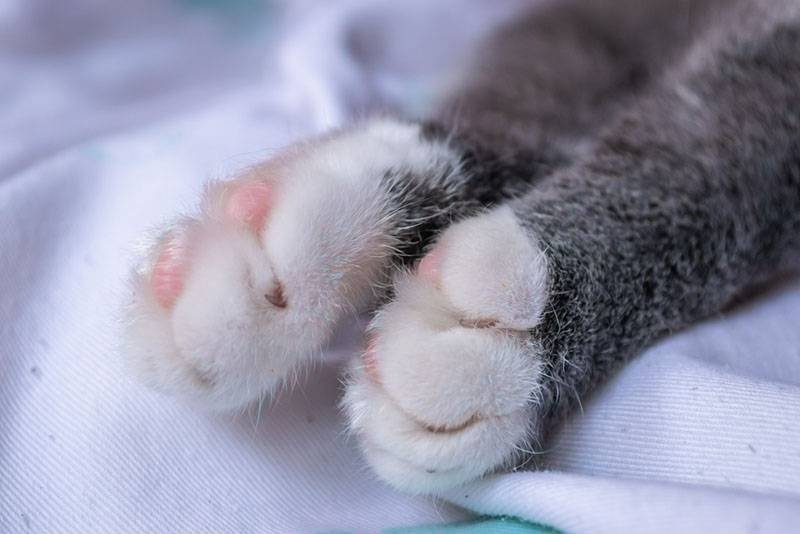
Inflammatory immune-mediated joint diseases
This is a chronic inflammation of the joints, due to a malfunction of the immune system. This type of arthritis is extremely rare.
Non-inflammatory arthritis
These are degenerative changes in the cartilage of the joint, as a result of which the cartilage wears out and its shock-absorbing ability decreases. Secondary inflammation occurs, a change in the structure of the joint and around it – pain appears. This type of arthritis in cats is called osteoarthritis.
Non-inflammatory arthritis (osteoarthritis) due to the occurrence is divided into primary and secondary.
In the development of primary osteoarthritis, there is no obvious cause of the onset of the disease.
Most likely, this occurs as a result of mechanical wear of the cartilage tissue.
Secondary osteoarthritis occurs against the background of another disease: a joint injury or due to an anomaly in its development.

Predisposition
Genetics. Some breeds have an increased risk of arthritis due to congenital joint disorders:
Hip dysplasia is an abnormal development of the hip joints (Maine Coons are most predisposed, to a lesser extent Persian and Siamese breeds).
Dislocation of the patella (patella). Abyssinian cats and Devon Rex cats are predisposed.
Scottish folds are particularly prone to developing severe osteoarthritis, which affects several joints at once, due to a breed anomaly in the development of cartilage.
Injuries. Fractures, dislocations, and other injuries can lead to joint reshaping and secondary osteoarthritis.
Obesity. Excess body weight does not directly cause arthritis, but always exacerbates the speed and severity of the disease in a cat.

Arthritis Symptoms in Cats
With inflammatory diseases of the joints, the following symptoms can be noticed:
Lameness, stiffness of gait or unwillingness to walk;
The affected joint may be enlarged (swollen), tender, or show signs of recent trauma or other damage.
Acute inflammatory arthritis in cats can cause signs of general malaise: lethargy, weakness, refusal to eat and drink, fever.
Symptoms of non-inflammatory chronic arthritis in pets are invisible. Lameness occurs in only 50% of cats, which is often associated with a bilateral process (two joints are affected at the same time). The invisibility of symptoms is due to the fact that cats instinctively hide their pain. In the presence of chronic pain, they adapt to environmental conditions.

Owners may notice the following changes in behavior, habits, lifestyle:
Reluctance, hesitation and refusal to jump up and down, jumping to lower surfaces than before.
Sedentary lifestyle (plays less, lies more).
Stiffness of gait, especially after sleep.
Growth of claws due to unwillingness to use a scratching post, unkempt coat.
Violation of cleanliness due to unwillingness to use the toilet tray.
Changes in character, irritability when touched or stroked. Less contact with people and other animals.
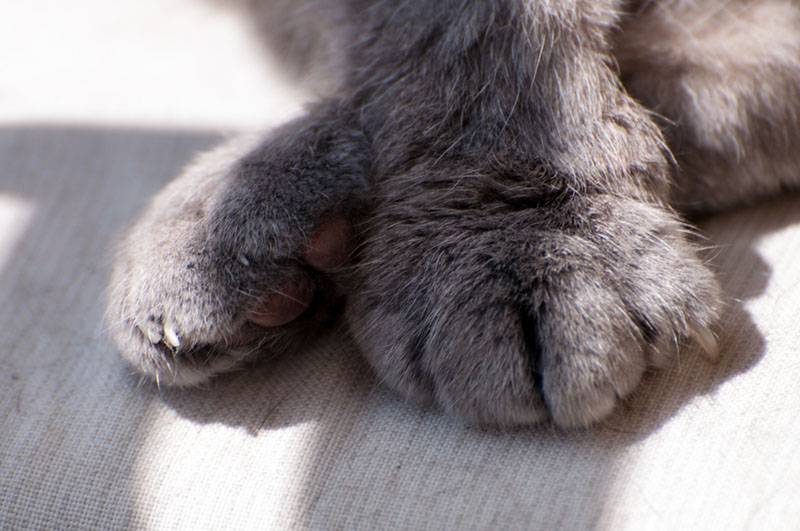
Diagnostics
Methods for diagnosing inflammatory arthritis are radiography and computed tomography of the joints and arthrocentesis. Arthrocentesis is the removal of intra-articular fluid (synovia) for analysis. The synovial fluid is examined for the presence of inflammatory cells and the detection of the pathogen itself.
X-ray changes can be different depending on the type of inflammation. Unfortunately, radiographic changes in the joints are seen in 30% of arthritis.
In addition, a thorough questioning is conducted about the cat’s lifestyle and previous events before the disease: whether she went outside, whether she was involved in cat fights, whether there were tick bites, whether there were signs of respiratory system diseases or other diseases, when the last vaccination was carried out.

Be sure to conduct an external examination to determine the pain or damage to the joints. Additionally, studies are carried out for systemic diseases: clinical and biochemical blood tests, analysis for chronic viral infections (feline immunodeficiency and leukemia), chest X-ray and abdominal ultrasound.
Immune-mediated arthritis is extremely rare. It is very difficult to diagnose such arthritis in cats. For diagnosis, arthrocentesis and the study of synovial fluid are used.
Examination of an animal with suspected non-inflammatory arthritis (osteoarthritis) may be inconclusive because there are no outward signs and the pain is not acute. When probing the joints, it is difficult to understand whether the pet hurts or simply does not like that they are touching the paws.
The main diagnostic method is an X-ray examination.
On the x-ray, you can see osteophytes (bone outgrowths), changes in the structure of the cartilage of the joint, swelling of the bones or soft tissues, intra-articular or extra-articular mineralization in the soft tissues, in the joint.
Arthritis Treatment in Cats
Treatment of joints in cats depends on the type of disease.
In infectious arthritis, antimicrobial drugs are prescribed (the choice of drug depends on the type of pathogen). In severe purulent arthritis, surgical treatment is performed to remove infected and damaged tissues from the joint.
Almost all arthritis is treated with pain medication.
In the presence of systemic signs of the disease (high temperature, lethargy, refusal to eat), systemic therapy is also prescribed: antipyretics and droppers.
In immune-mediated arthritis, immunosuppressive therapy, usually long-term courses of glucocorticosteroids, is prescribed.
Non-inflammatory arthritis in cats is irreversible, and treatment is aimed at slowing its progression, reducing pain, and improving the animal’s quality of life.
Painkillers are prescribed to eliminate the pain syndrome. These are potent drugs and therefore should only be prescribed by a veterinarian. Cats on long-term pain medication should have regular check-ups with a specialist.
Additionally, supplements are prescribed in food or feed containing chondroitin, glucosamine and unsaturated fatty acids.
Excess body weight accelerates the development of osteoarthritis, so obese cats are given a low-calorie diet to lose weight.
It is important to reduce the load on the joints by adapting the external environment for the cat (we will talk about this below).

Care
If your cat has joint pain, the home environment should be set up so that you can easily visit your favorite places without having to jump up and down. For example, provide access to the windowsill through additional benches, chairs, stools, ramps or other items. Toilet trays should have low sides, at least on one side. Your cat may also need extra care if she finds it difficult to wash herself or grind her claws on her own. It is necessary to monitor the condition of the coat and claws: comb out or cut the coat in a timely manner, cut the claws as needed.

Prevention
Arthritis and osteoarthritis cannot be prevented. But it is possible to delay the onset of symptoms and significantly improve your cat’s quality of life in the long term. It is important to maintain a healthy weight throughout your pet’s life. You should always pay attention to any changes in the behavior of the cat and consult a doctor in a timely manner. Regular examinations and diagnostics will help to detect arthritis in a cat at an early stage. That will subsequently help slow down the development of the disease and improve the quality of life of the cat.
Key points about arthritis in cats
Arthritis can be inflammatory (due to infection) and non-inflammatory (due to wear of the cartilage of the joint).
Non-inflammatory osteoarthritis is of the greatest importance as it is very common in older cats.
There is a genetic predisposition to joint disease (predisposed breeds: Maine Coon, Persian, Siamese, Abyssinian, Scottish Fold).
Inflammatory arthritis is acute, with obvious signs: lameness, joint pain.
Non-inflammatory osteoarthritis has no symptoms. You can only notice changes in the usual behavior and character of the cat.
Treatment for arthritis in cats depends on the type and cause. For all types of arthritis, pain medications are prescribed and the environment changed to suit the needs of the animal with diseased paws.
Non-inflammatory osteoarthritis is an irreversible disease, treatment and prevention are aimed at improving the quality of life of the cat.
Answers to frequently asked questions
Sources:
Julie Lemetayer, Susan Taylor. Inflammatory joint disease in cats: an approach to diagnosis and treatment, 2014;
Gary D. Norsworthy. “Cat is a patient”, 2018;
Tamara Grubb. Pain in Feline Osteoarthritis: Tools for Clinicians and Pet Owners, 2020;
Edwina Gildea. Feline osteoarthritis, a common and painful disease: diagnosis, treatment, 2018;
R.Malik, G.S.Allan. Osteochondrodysplasia of Scottish Fold cats, 1999.



